Estudio MMX’s Geology Museum on the Yucatán Peninsula is a big hit
Estudio MMX’s new crater-inspired Geology Museum on the Yucatán Peninsula is sure to be a big hit
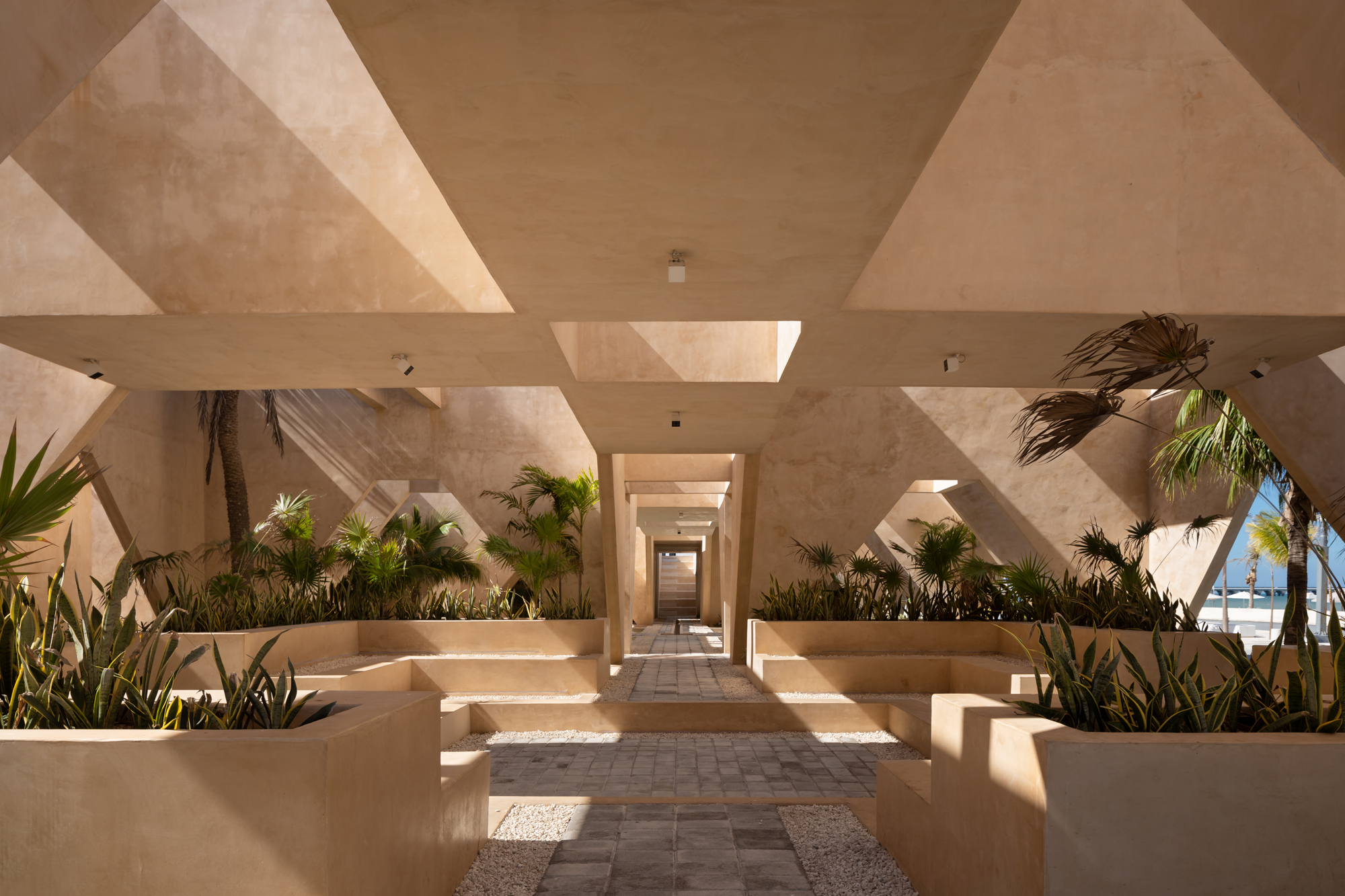
Dane Alonso - Photography
Mexico’s many claims to fame include a rich culture, a long history and dramatic landscapes. It is lesser known, however, as the site of an important event that changed life on Earth for ever. Yet it is here that the asteroid that is thought to have killed the dinosaurs landed, heralding a new era for the planet and leaving in its path what today is known as the Chicxulub crater. Located on the Yucatán Peninsula, this geological formation was the result of an impact that happened 66 million years ago. It is also the inspiration for a new museum in the small seaside town of Progreso, designed by Estudio MMX, a dynamic and relatively young Mexico City-based practice founded in 2010 by architects Jorge Arvizu, Ignacio del Río, Emmanuel Ramírez and Diego Ricalde.
Created as part of an ambitious national scheme called Programa de Mejoramiento Urbano (PMU), or Urban Improvement Programme, which kick-starts public projects and cultural interventions in cities across the country, the new Geology Museum focuses on the region’s rich history in the field.
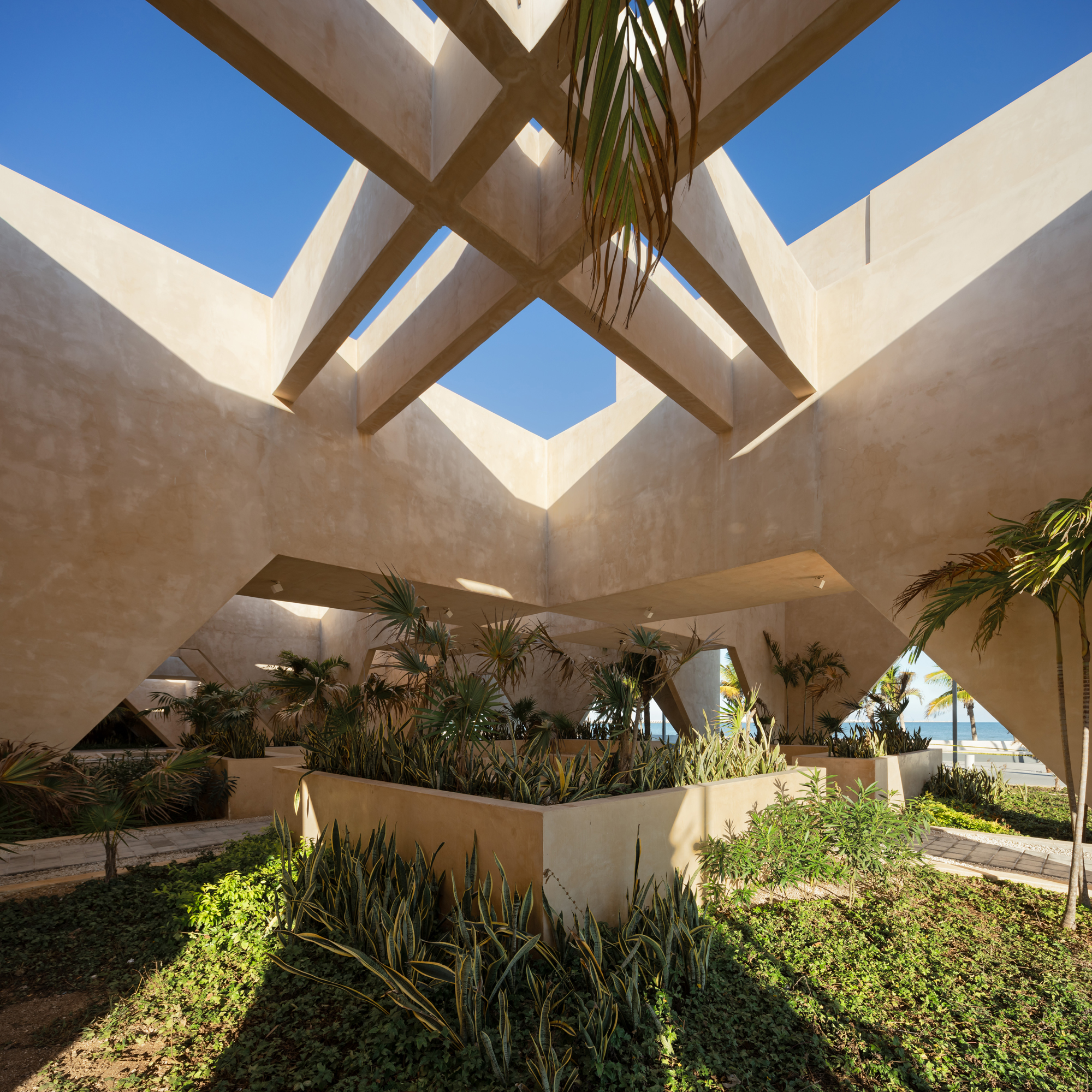
Openings allow the sea breeze to travel across the site, helping to cool the building naturally, and making the structure more resilient to the hurricanes that often hit Progreso in the summer
The initial plan was to build a new cultural building for Progreso, but its exact use was unclear at the start of the project in 2019: ‘They told us, there is an opportunity to make this cultural space, in this part of Yucatán. We were put forward as the architects for this site as well as another project, the market in neighbouring Chicxulub,’ Ricalde recalls. ‘Because of the crater of the asteroid that hit the Earth and extinguished the dinosaurs, it was then decided to do something around geology.’
This is a rural and fertile part of the country, both in nature and history. Yucatán’s capital, Mérida, is just 50km south and the area is filled with mangroves and dotted with sandy strips and Mayan and colonial heritage sites. It also used to be the main producer of henequen, a variety of the agave plant often referred to as ‘green gold’ for its uses in the textile industry. Both the geology of the impact crater and the existing natural environment played a key role in the design development of the new museum. Its distinct form is composed as a sequence of discrete yet interconnected square-ish volumes set on a strict, geometric grid spread across the length and width of the site. The angled arches and overall monolithic and stepped character of the volumes reference ancient Mayan architecture, the architects explain.

The museum includes a series of water features inspired by Yucatán’s cenotes, the sinkholes created by the asteroid impact 66 million years ago
The building is covered in a type of plaster called chukum, a traditional material made with the powdered bark of a small thorny tree of the same name. It allows for great detailing, is locally produced, naturally water-resistant, and soft to the touch. ‘It fits the city’s urban image, as well as the landscape’s colours, and its light tone reflects the sunrays and helps control the heat,’ Ricalde explains. ‘As for the grid, it is a very common feature in the cities in this part of Mexico, many of which were built around orthogonal grids.’
Inside, the building has space for offices, temporary and permanent exhibitions, a café and multifunctional areas for workshops, educational programmes and events. ‘As we didn’t know from the start what exactly would be housed within, we had to design the building to be flexible,’ the architect says.
Ricalde also points out that the height of each volume is designed so that there is an undulation, abstractly referencing the topography of a crater. At the same time, openings underneath some of these elements allow the sea breeze to travel across the site, cooling down the building naturally, while a green garden below invites the local wildlife in, offering a mix of water features and native plants. The fact that much of the building is lifted above ground level also helps it negotiate rising water, as the area is prone to flooding. And thick shading created by the various, closely knit spaces is welcome in the outdoor public space as it protects it from the sun in this typically hot region.
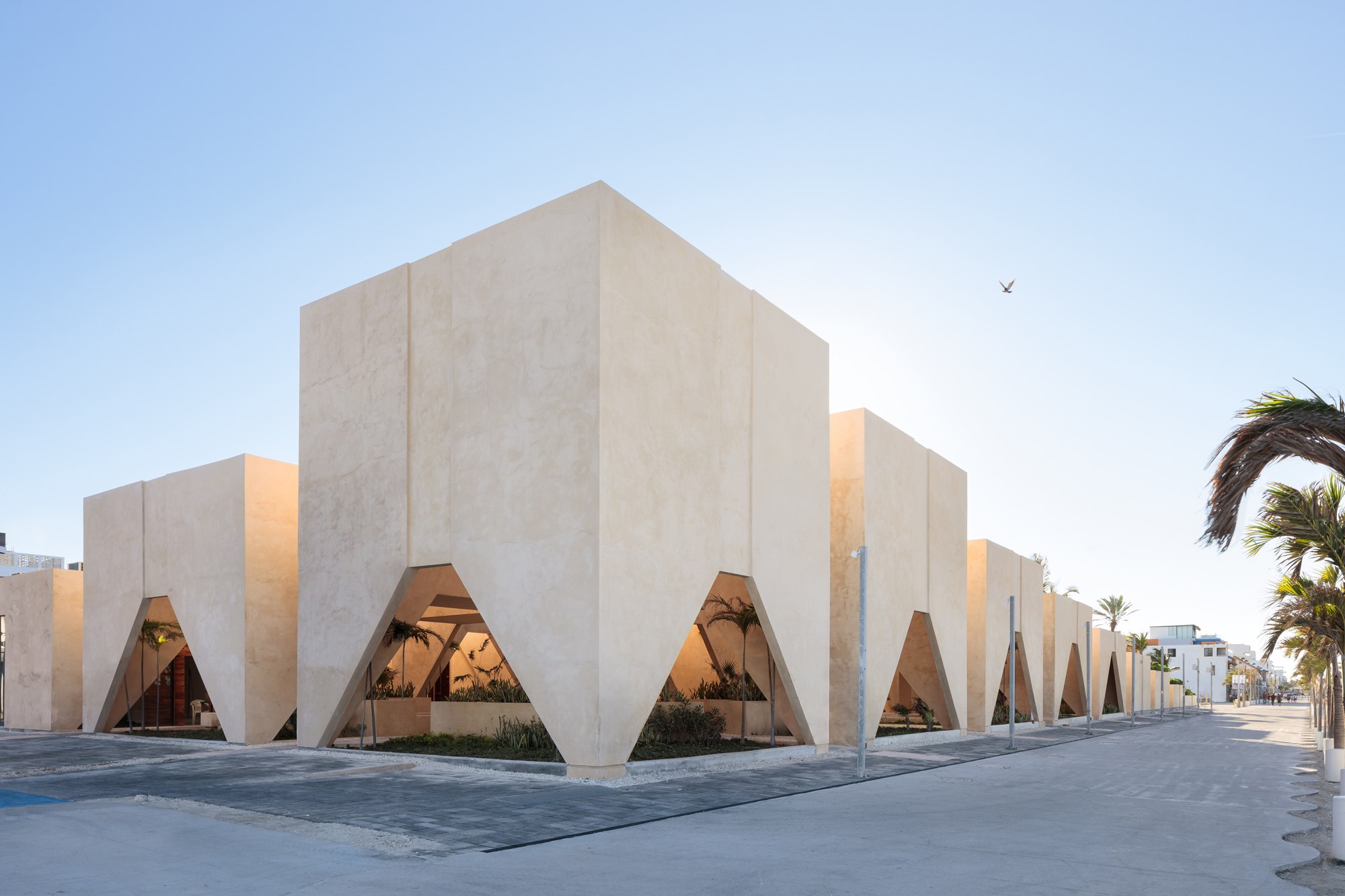
The museum is spread in a series of blocks arranged in a grid. Their triangular openings recall the shape of the region’s Mayan pyramids
While the site is big, the building is not very tall, ensuring that it does not block the views towards the sea or dominate the lower urban fabric around it. ‘There are many hurricanes in the summer season and so, instead of making one big solid building that would ‘fight’ the winds, by breaking it down, the winds can feel softer and the building is more resilient,’ the architect continues.‘The vegetation was also important to us. We love incorporating plants in architecture, and we are very interested in the relationship between landscape and architecture. The species selection was done carefully so the design would act according to our intentions, saving existing palms while avoiding inserting non-native species or creating maintenance issues. It’s very important for us in every project, but particularly in this one, as previously the site hosted what was an open public space. In our view, the city did not lose a park – it gained a museum.’
Receive our daily digest of inspiration, escapism and design stories from around the world direct to your inbox.
INFORMATION
Ellie Stathaki is the Architecture & Environment Director at Wallpaper*. She trained as an architect at the Aristotle University of Thessaloniki in Greece and studied architectural history at the Bartlett in London. Now an established journalist, she has been a member of the Wallpaper* team since 2006, visiting buildings across the globe and interviewing leading architects such as Tadao Ando and Rem Koolhaas. Ellie has also taken part in judging panels, moderated events, curated shows and contributed in books, such as The Contemporary House (Thames & Hudson, 2018), Glenn Sestig Architecture Diary (2020) and House London (2022).
-
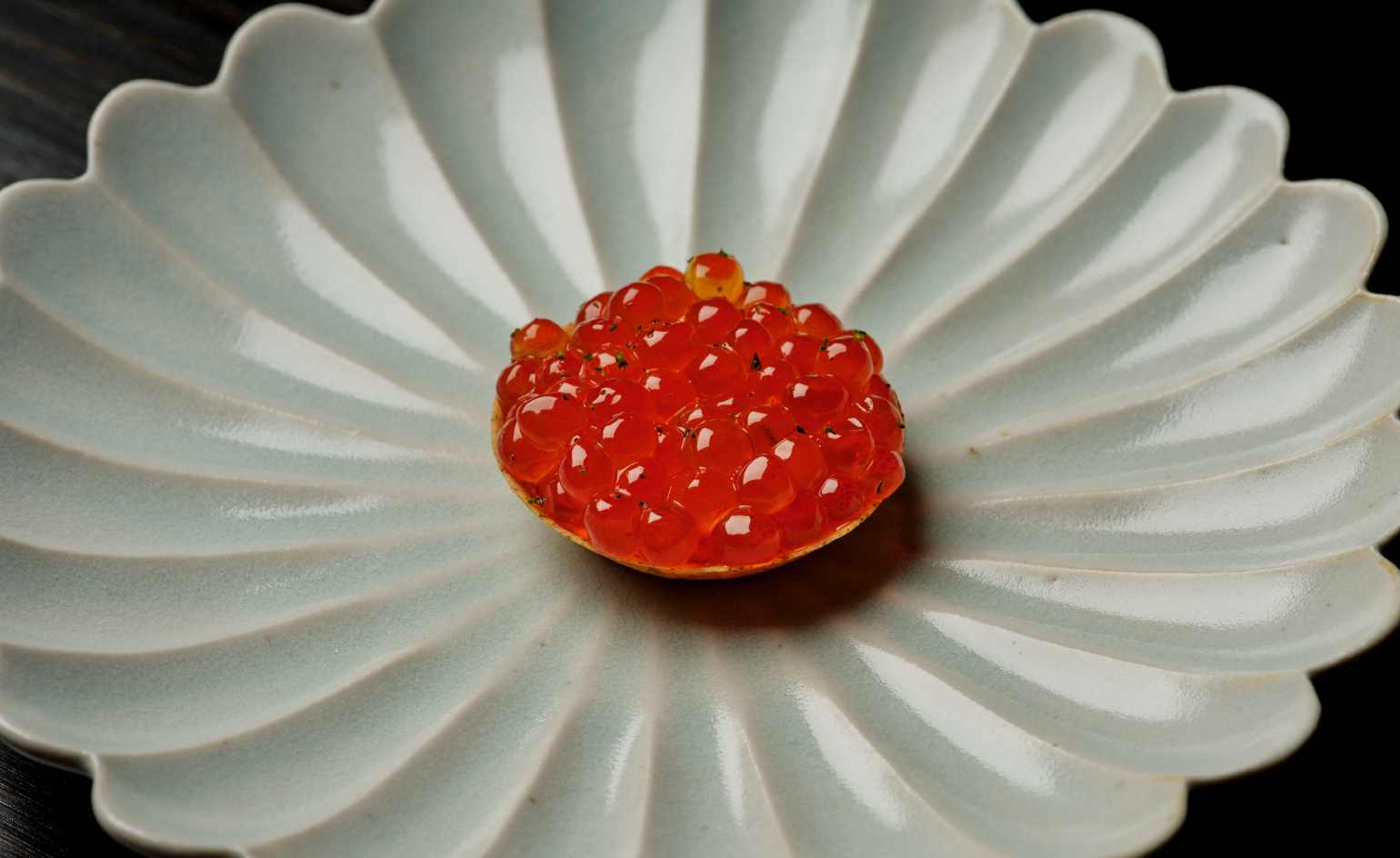 This cult Los Angeles pop-up restaurant now has a permanent address
This cult Los Angeles pop-up restaurant now has a permanent addressChef Brian Baik’s Corridor 109 makes its permanent debut in Melrose Hill. No surprise, it's now one of the hardest tables in town to book
-
 French bistro restaurant Maset channels the ease of the Mediterranean in London
French bistro restaurant Maset channels the ease of the Mediterranean in LondonThis Marylebone restaurant is shaped by the coastal flavours, materials and rhythms of southern France
-
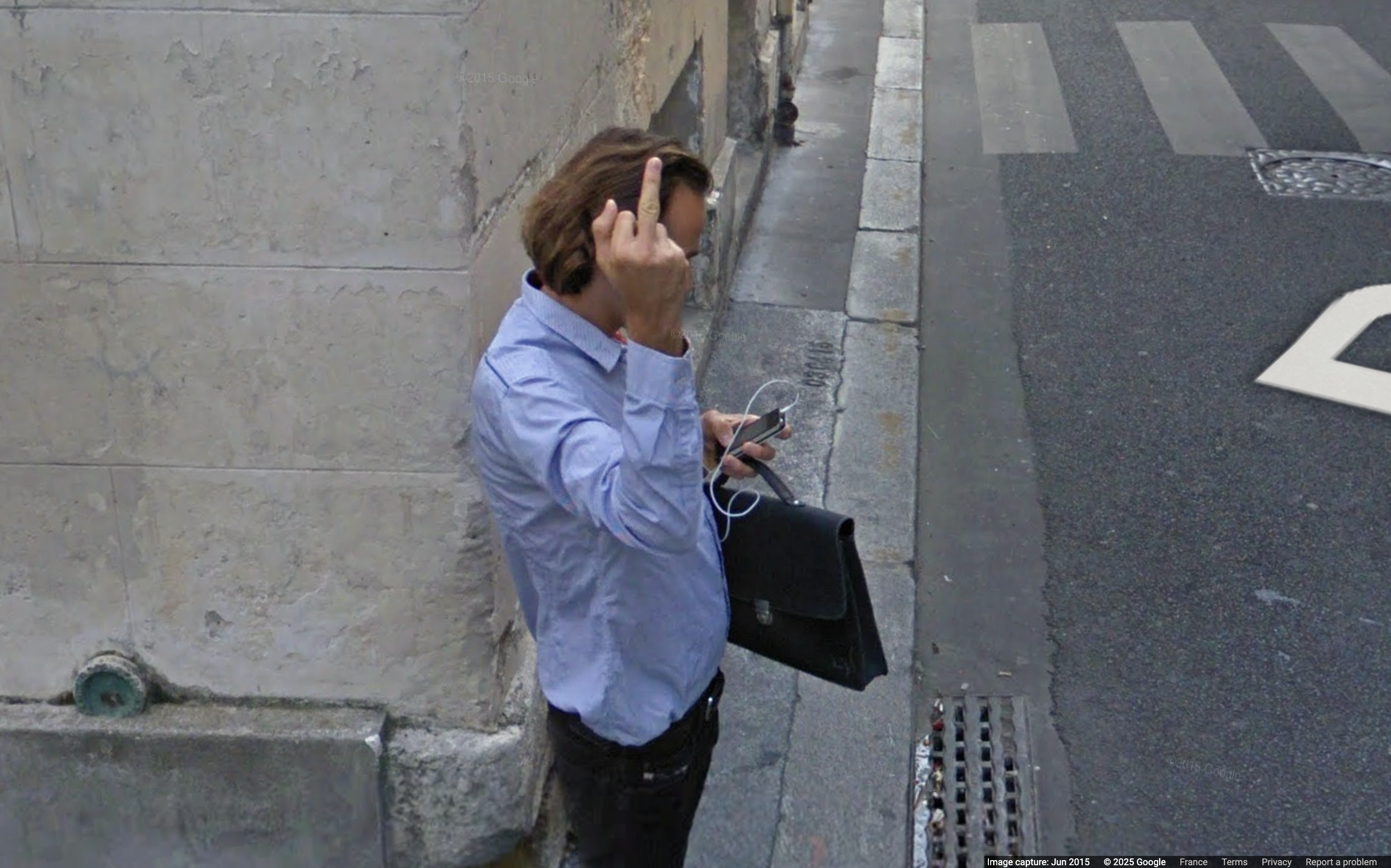 How ethical is Google Street View, asks Jon Rafman in Copenhagen
How ethical is Google Street View, asks Jon Rafman in CopenhagenIn 'Report a Concern - the Nine Eyes Archives' at Louisiana Museum of Art, Copenhagen, Jon Rafman considers technology's existential implications
-
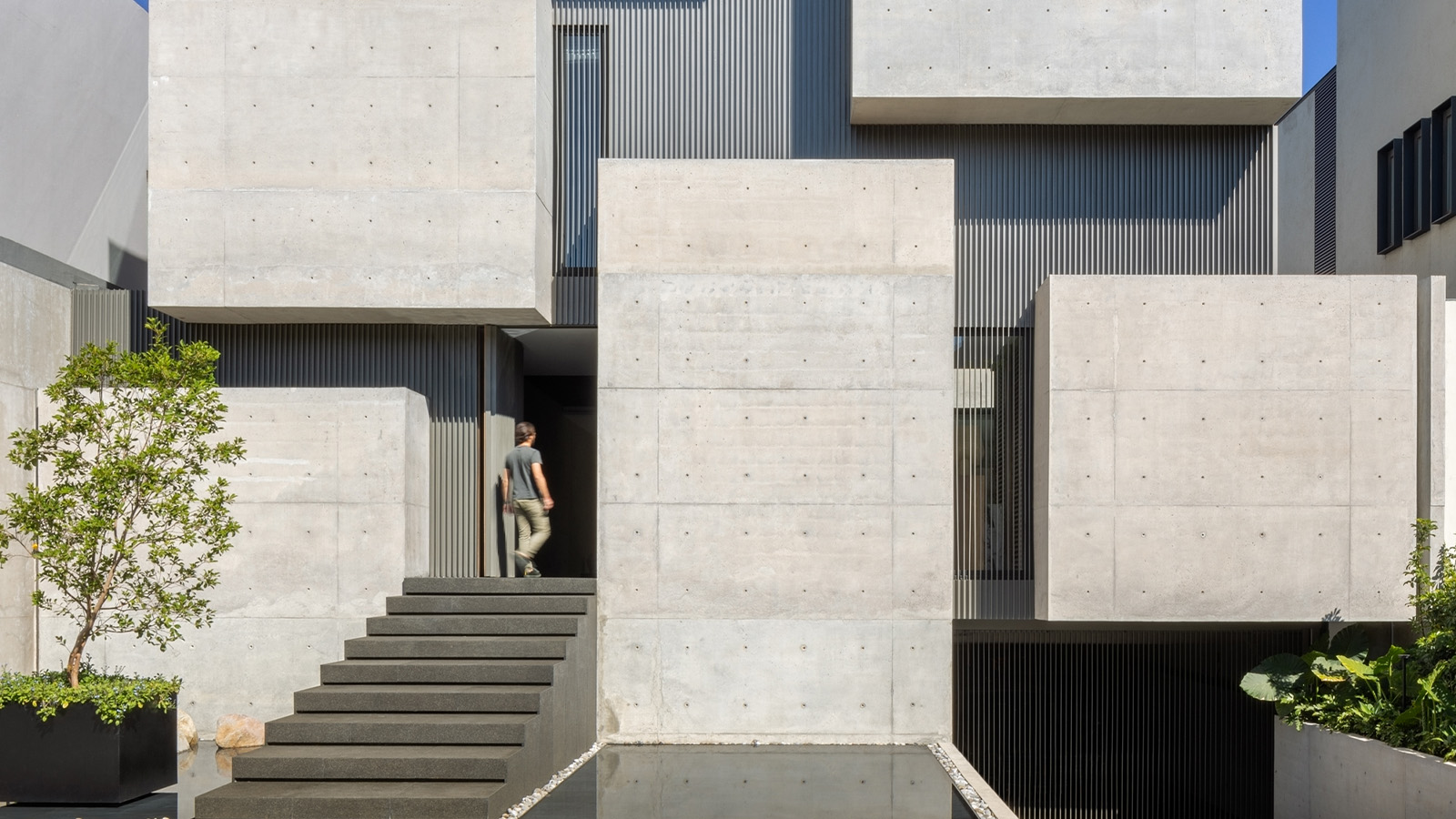 A cubist house rises in Mexico City, its concrete volumes providing a bold urban refuge
A cubist house rises in Mexico City, its concrete volumes providing a bold urban refugeCasa Ailes, a cubist house by Jaime Guzmán Creative Group, is rich in architectural expression that mimics the dramatic and inviting nature of a museum
-
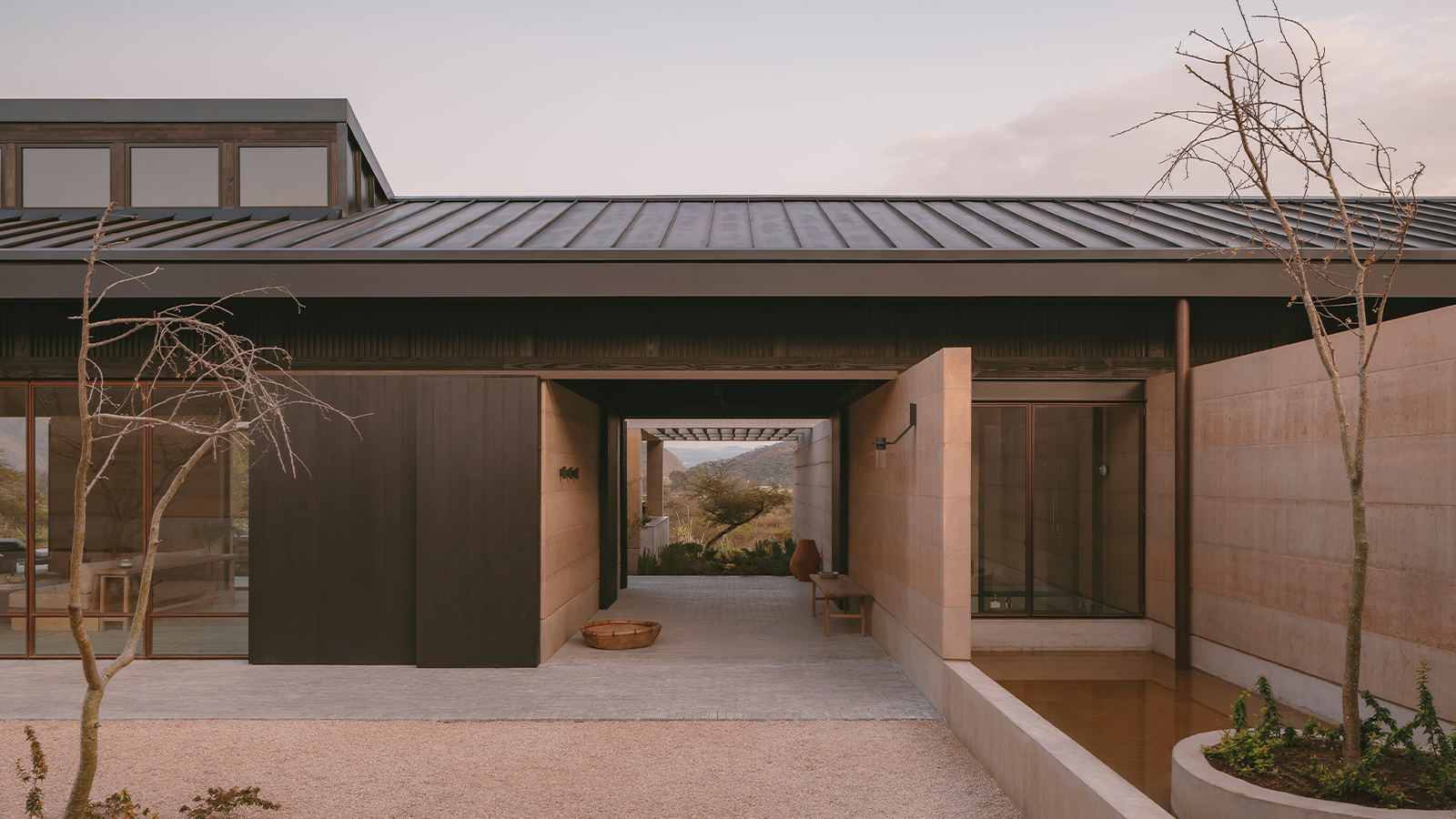 Serenity radiates through this Mexican home, set between two ravines
Serenity radiates through this Mexican home, set between two ravinesOn the cusp of a lakeside town, Mexican home Casa el Espino is a single-storey residence by Soler Orozco Arquitectos (SOA)
-
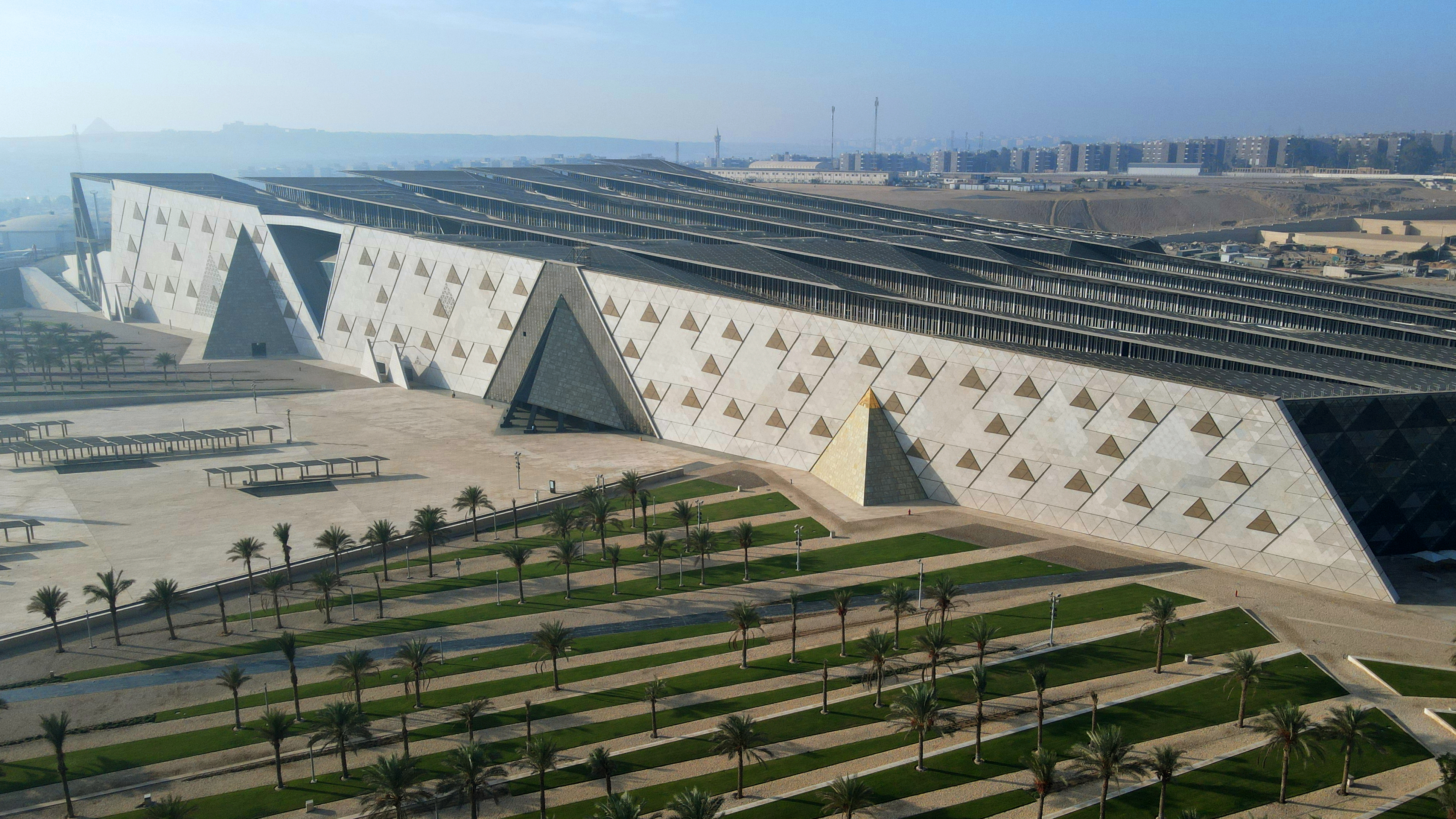 The Grand Egyptian Museum – a monumental tribute to one of humanity’s most captivating civilisations – is now complete
The Grand Egyptian Museum – a monumental tribute to one of humanity’s most captivating civilisations – is now completeDesigned by Heneghan Peng Architects, the museum stands as an architectural link between past and present on the timeless sands of Giza
-
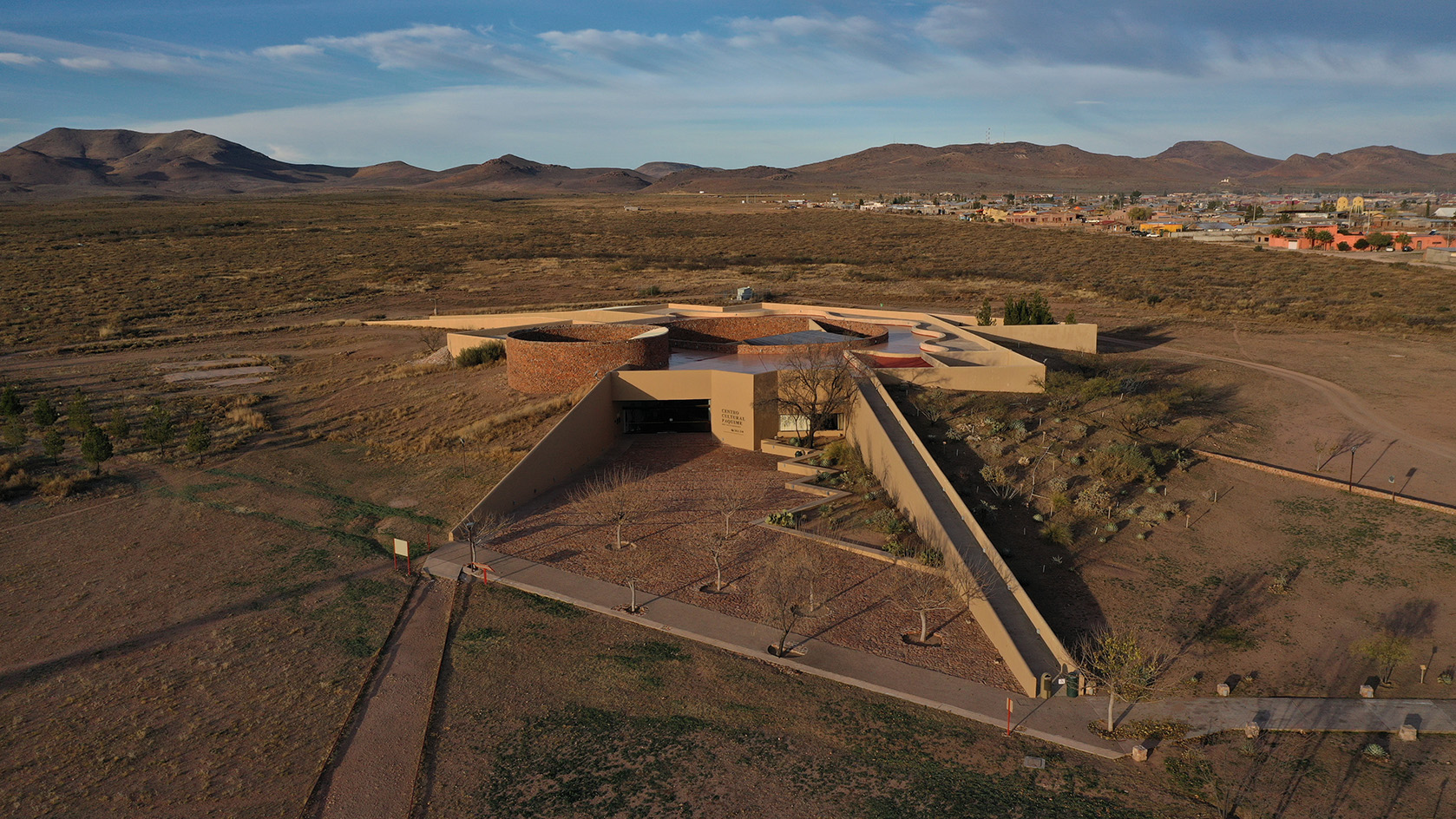 Mexican landscape architect Mario Schjetnan's Grupo de Diseño wins 2025 Oberlander Prize
Mexican landscape architect Mario Schjetnan's Grupo de Diseño wins 2025 Oberlander PrizeThe 2025 Oberlander Prize goes to Mexican landscape architect Mario Schjetnan and his studio, Grupo de Diseño, highlighting the creative's motto: 'We have a human right to open space'
-
 The Architecture Edit: Wallpaper’s houses of the month
The Architecture Edit: Wallpaper’s houses of the monthThis September, Wallpaper highlighted a striking mix of architecture – from iconic modernist homes newly up for sale to the dramatic transformation of a crumbling Scottish cottage. These are the projects that caught our eye
-
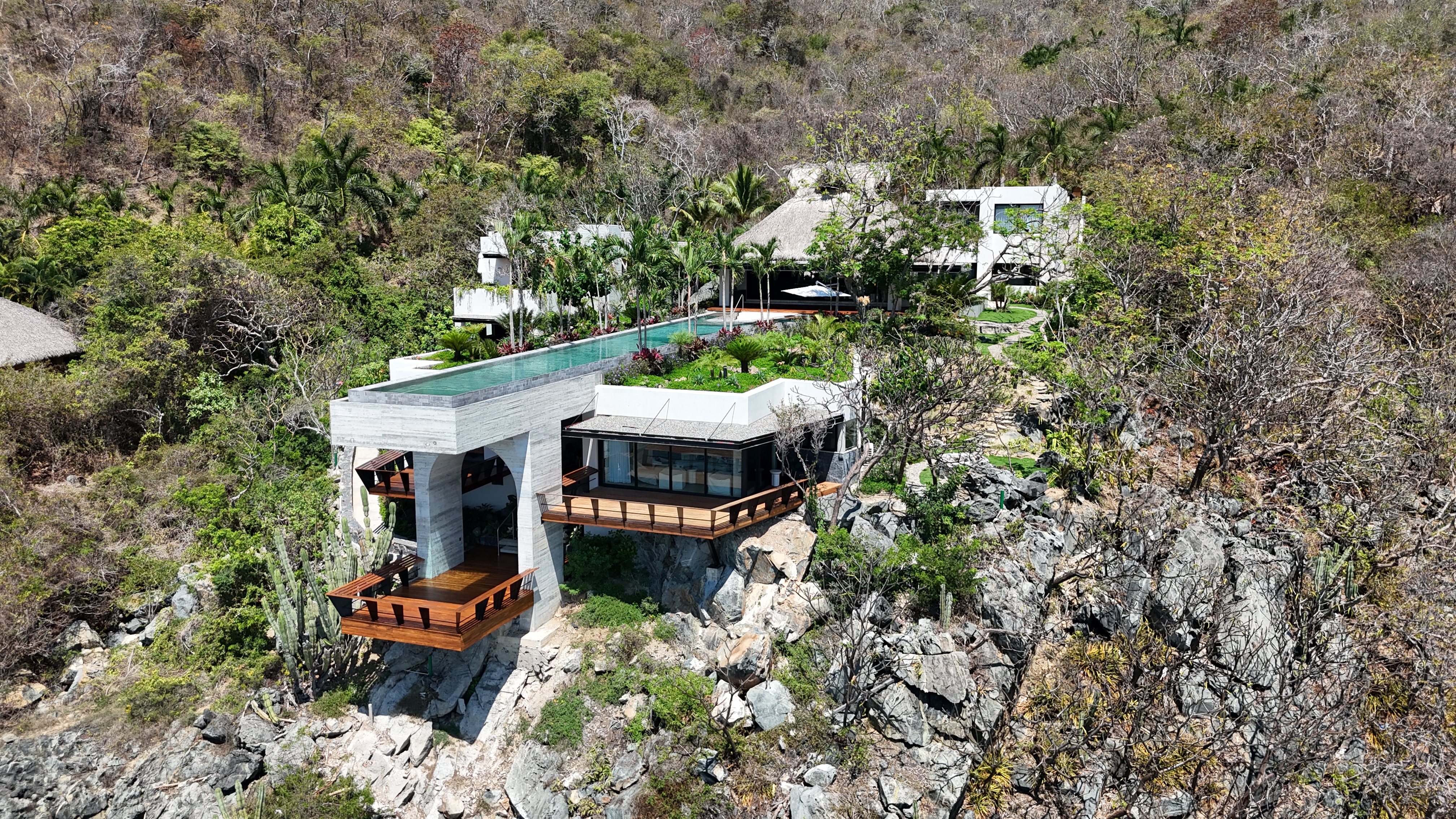 A Mexican clifftop retreat offers both drama, and a sense of place
A Mexican clifftop retreat offers both drama, and a sense of placeCasa Piscina del cielo, a clifftop retreat by Zozaya Arquitectos, creates the perfect blend of drama and cosiness on Mexico's Pacific Coast
-
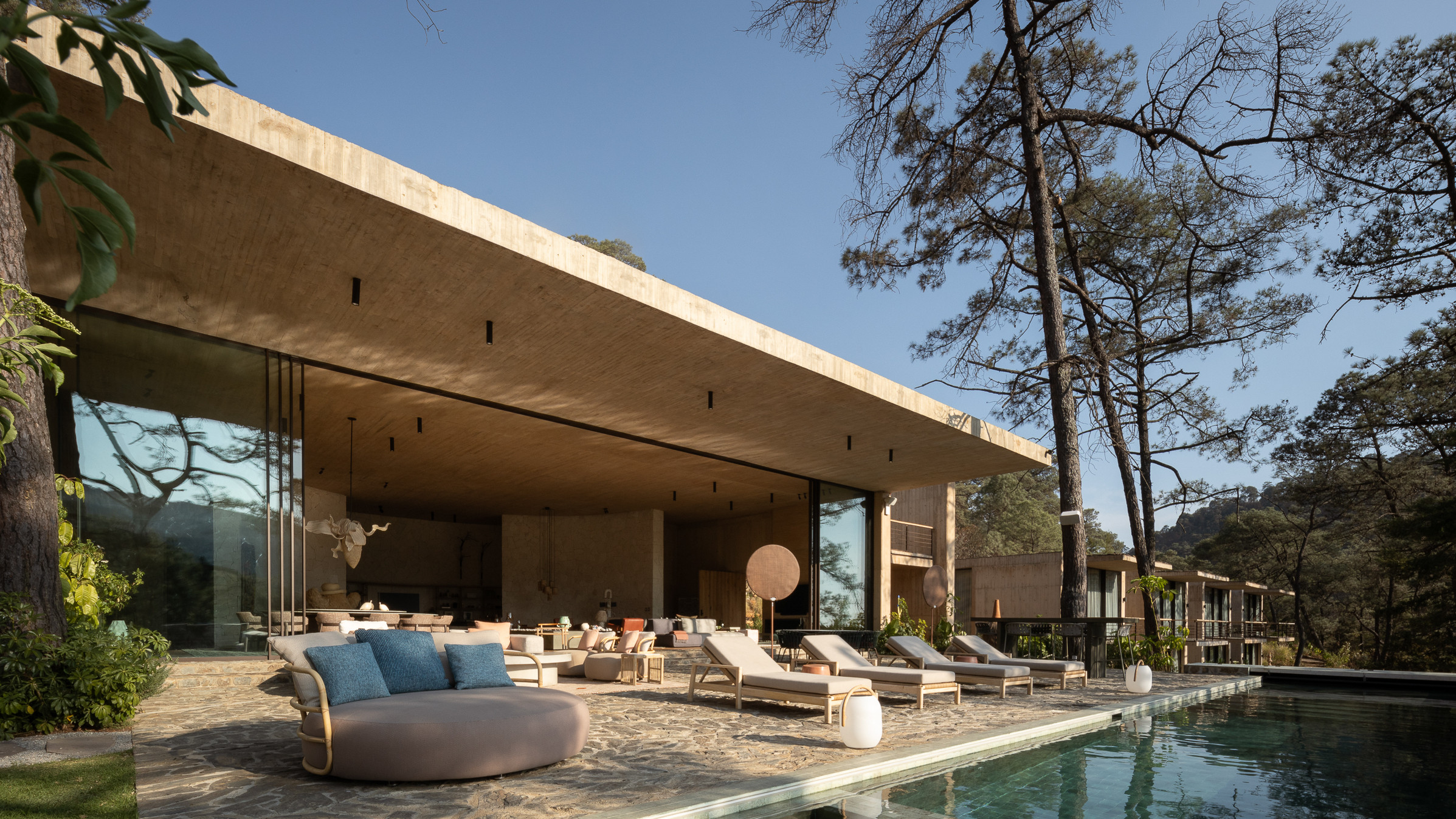 Broken up into six pavilions, this brutalist Mexican house is embedded in the landscape
Broken up into six pavilions, this brutalist Mexican house is embedded in the landscapeSordo Madaleno’s brutalist Mexican house, Rancho del Bosque, is divided up into a series of pavilions to preserve the character of its hillside site, combining concrete, curves and far-reaching views
-
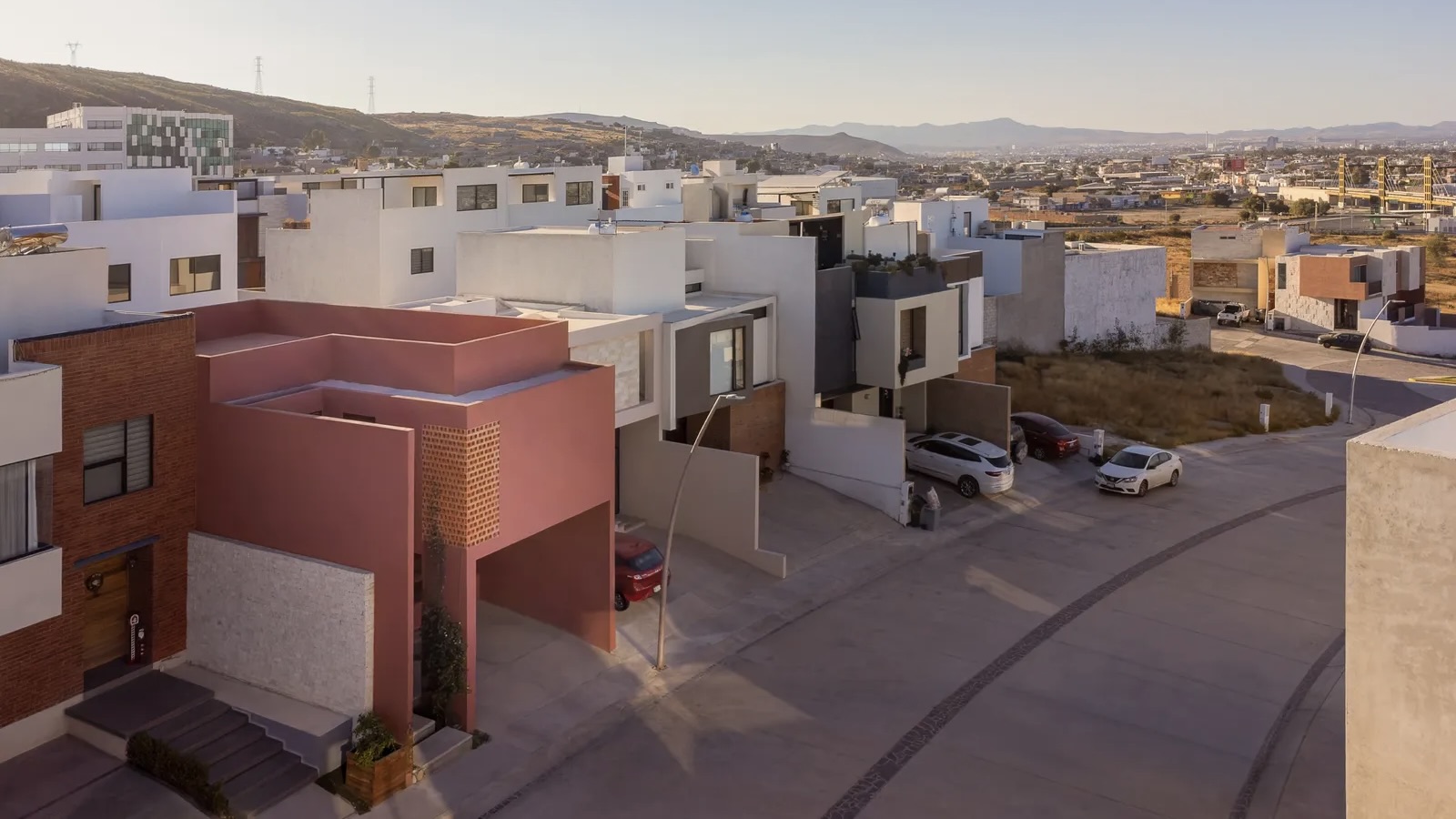 The Architecture Edit: Wallpaper’s houses of the month
The Architecture Edit: Wallpaper’s houses of the monthWallpaper* has spotlighted an array of remarkable architecture in the past month – from a pink desert home to structures that appears to float above the ground. These are the houses and buildings that most captured our attention in August 2025